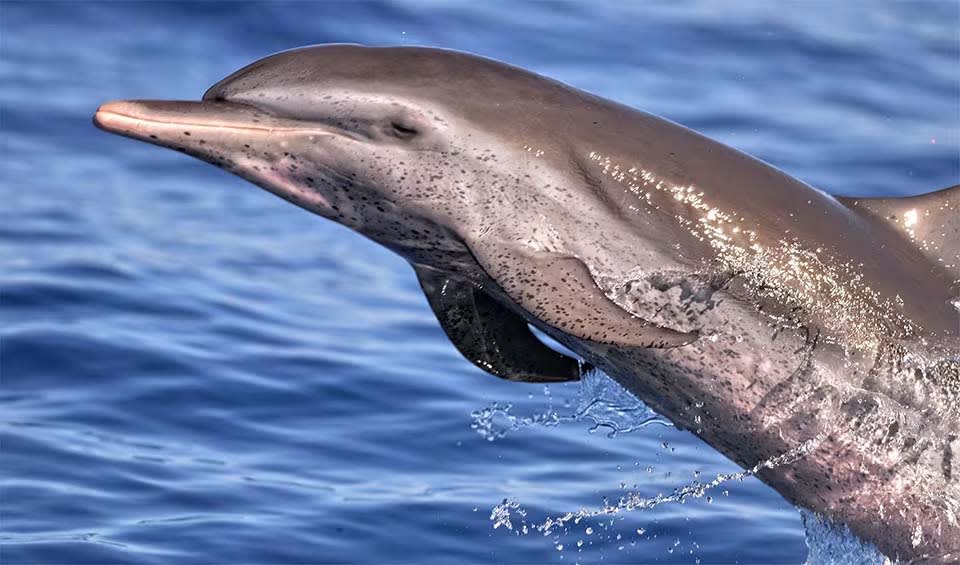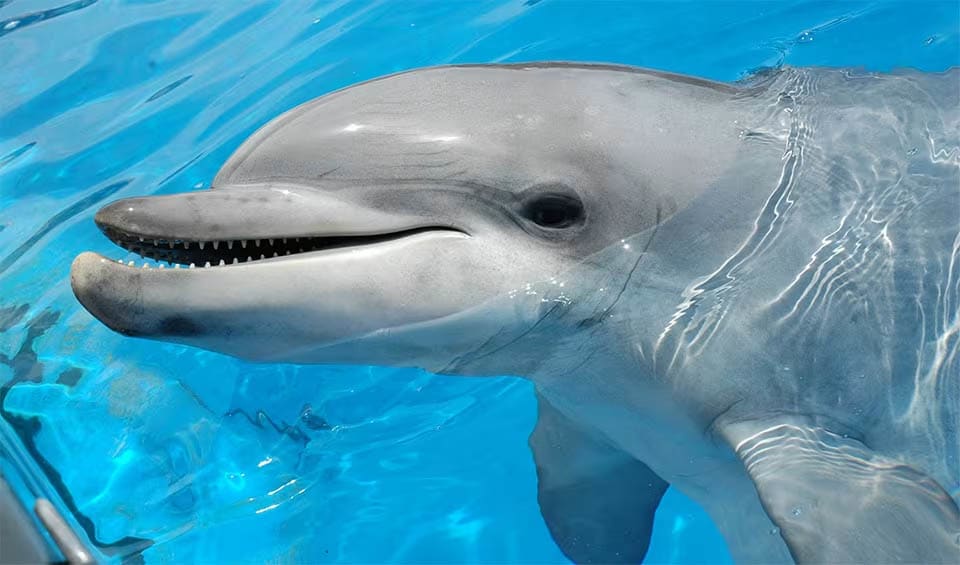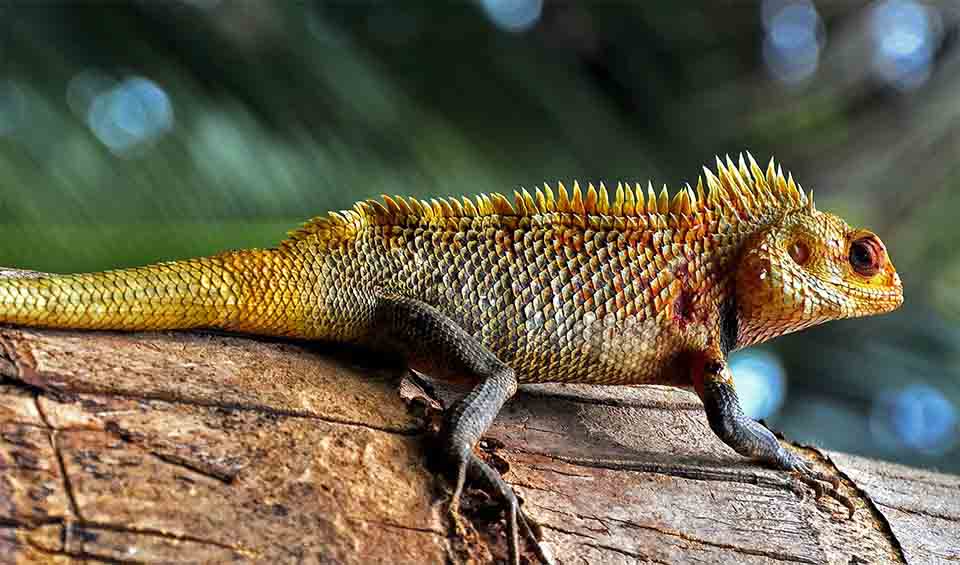The Seychelles is an archipelago consisting of 115 granite and coral islands, covering a land area of 445 km² (172 mi²) in the southwestern Indian Ocean. These ecologically significant islands have been isolated from continental landmasses for around 65 million years, resulting in notably high endemism—ranging from 50-85% among various animal groups and about 45% among plants. There is a notable correlation between the number of endemic plant species and the ages of the islands they inhabit.
Seychelles’ landscapes are incredibly varied, offering a feast for the eyes and a sanctuary for the soul. The islands are home to dense rainforests, granite boulders, mangroves, and coral reefs. The Vallée de Mai on Praslin Island is a UNESCO World Heritage Site and one of the few places in the world where the rare Coco de Mer palm grows. This prehistoric forest is often referred to as the “Garden of Eden” due to its unique and lush vegetation.
Four pillars elaborated:
The forest coverage in Seychelles is estimated to be about 90%. While the total natural mangrove area declined through much of the 20th century, it has remained relatively stable since the 1980s, covering approximately 25 km² (10 mi²). There are eight species of mangroves naturally occurring in Seychelles. The archipelago is estimated to have around 1,700 km² (656 mi²) of coral reefs, primarily around the southeastern islands. Land Management
Land Management
Conservation areas cover 47% of the total surface area, including 19,760 hectares (198 km²) of protected terrestrial areas and 23,000 hectares (230 km²) of protected reef and marine areas. Aldabra, the largest raised atoll in the world and a biodiversity treasure trove, was saved from major development in the late 1960s and designated a UNESCO World Heritage Site in 1982. Several other islands hold biodiversity assemblages of great regional and global significance, including 10 Important Bird Areas (IBAs). The 146 rivers and rivulets on the three main islands are listed for protection due to their importance to human populations and socioeconomic development.
Some of the major threats to Seychelles’ biodiversity include introduced species, habitat destruction, anthropogenic activities such as fishing, hunting, and timber exploitation, pollution, siltation, and disease. The main threat to forest ecosystems today, and the key challenge to their effective conservation and sustainable use, is Invasive Alien Species (IAS). Forest fires and erosion also pose threats, especially in drier forest habitats, primarily because disturbances tend to facilitate the incursion and establishment of invasive species rather than allowing native habitats to regenerate. Threats to Biodiversity
Threats to Biodiversity
Coastal development is the main threat to mangroves, while in the longer term, climate change and rising sea levels also pose significant threats to mangrove forests. The low-lying islands are particularly vulnerable to sea level rise induced by climate change. Coral reefs are a major concern as well, with an ongoing decline since the severe bleaching event of 1998. In this case, global climate change is considered the primary underlying cause of the decreasing coral cover.
The Environment Management Plan of Seychelles (EMPS) is the primary mechanism for integrating environmental concerns into socioeconomic sectors. Biodiversity is also incorporated into the development process through the Town and Country Planning Act (TCPA) of 1972 and the Environment Protection Act (EPA) of 1994, with its Environmental Impact Assessment Regulations of 1996. These acts together provide the approval mechanism for developments via the Planning Authority. Capacity and Governance
Capacity and Governance
Seychelles has launched two major national projects to enhance biodiversity integration using the Ecosystem Approach: “Mainstreaming Biodiversity Management into Production Sector Activities” (2008) and “Strengthening Seychelles’ Protected Area System through NGO Management Modalities” (2011). These projects aim to integrate biodiversity into development sectors and upgrade the protected area network.
Seychelles is also a party to international agreements such as the Convention on Migratory Species, CITES, the Indian Ocean Southeast Asian Sea Turtle Agreement, and the Migratory Sharks Memorandum of Understanding.
The Seychelles Biodiversity Plan 2030 is a comprehensive strategy to conserve and restore the country’s rich biodiversity, aiming to protect 30% of land and marine areas, restore degraded ecosystems, reduce threats from climate change, pollution, and invasive species, and promote sustainable use of natural resources by 2030. Future Trends
Future Trends
Biodiversity
An estimated 1,000 marine fish species inhabit Seychelles, with only 1-2% being endemic, such as the Seychelles clownfish and the bamboo shark. The islands host a unique blend of land birds from Africa, Asia, and Madagascar, which have evolved into distinct species and subspecies. There are 13 endemic bird species and 17 endemic subspecies. The surviving bird populations include eight globally threatened species, some of the most endangered land birds in the world, including the Seychelles scops owl, the black paradise flycatcher, and the magpie robin.The only indigenous land mammals are bats, with five species, two of which are endemic, although various other land mammals have been introduced. There are also 21 species of marine mammals. The coco-de-mer palm (Lodoicea maldivica), endemic to the Seychelles and classified as vulnerable by the IUCN, is a national flagship species for tourism and conservation.
In the table below are the number of known species in several main groups, how many of these species are Threatened with extinction, and how many of them are Endemic (unique to Seychelles only):
| Species (World rank) |
Threatened | % Threatened | Endemic | % Endemic | |
|---|---|---|---|---|---|
| Mammals | 31 (#183) | 6 | 19.4% | 3 | 9.7% |
| Birds | 96 (#195) | 13 | 13.5% | 15 | 15.6% |
| Reptiles | 35 (#134) | 11 | 31.4% | 16 | 45.7% |
| Amphibians | 14 (#125) | 6 | 42.9% | 11 | 78.6% |
| Fishes | 1,177 (#29) | 43 | 3.7% | 15 | 1.3% |
| Plants | 804 (#187) | 61 | 7.6% |
mammals
Seychelles sheath-tailed bat
One of only two bat species found in the Seychelles, along with the Seychelles fruit bat
Pantropical spotted dolphin
A champion swimmer and a social butterfly of the warm seas
Common bottlenose dolphin
Known for their acrobatic leaps, twisting and turning gracefully as they jump completely out of the water
birds
White stork
The folktale bird that brings the babies!
Mallard
This invasive species is the ancestor to most of the modern ducks
Brown noddy
They bob their heads up and down as they fly, which is actually how they earned the nickname “Noddy”
reptiles
Oriental garden lizard
A lizard with vibrant hues – a living canvas of green, brown, and sometimes even blue
Hawksbill sea turtle
Its slender frame and narrow head bear a beak curved like a hawk’s, earning this marine marvel its name
Yellow-bellied sea snake
The most widespread species of snakes on earth are found throughout the Indian and Pacific Oceans and from Africa to Central America
National Animals
Aldabra giant tortoise
These gentle giants are making a big comeback and now there are lots of them to see and meet!
White-tailed tropicbird
These ocean wanderers can be spotted from a distance showing awe-inspiring aerial tricks















